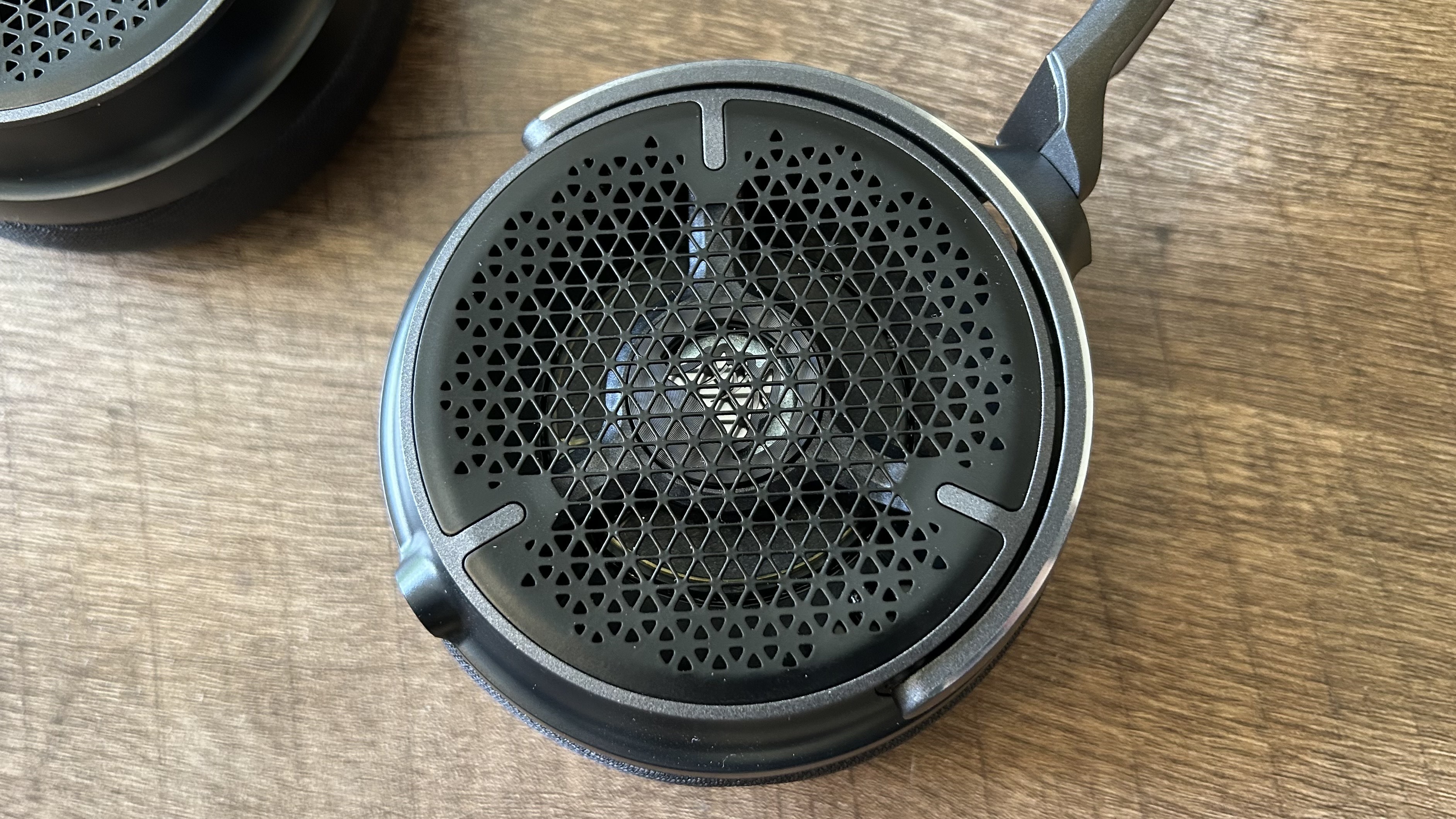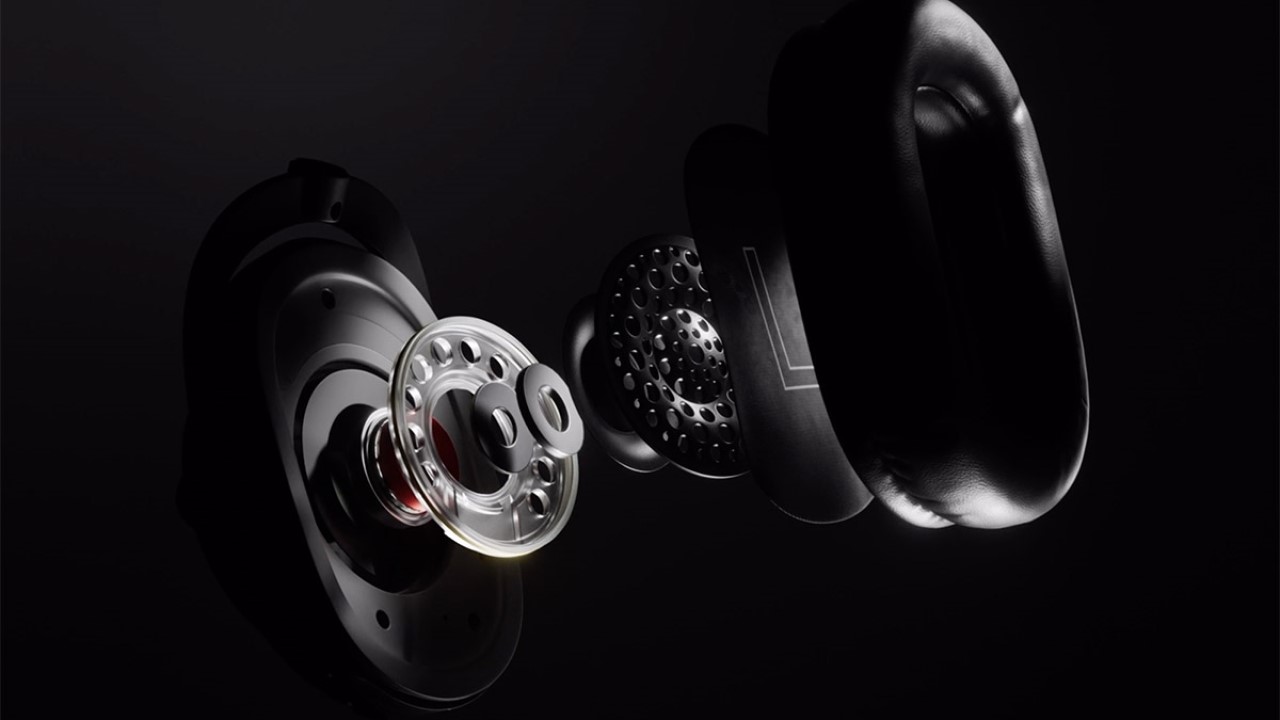What are graphene drivers?
There's a lot of talk about graphene in the gaming headset space right now, but what exactly can it do?

The past five years have been pretty steady in the gaming headset space, but there's a new material looking to shake things up. 2023 introduced a plethora of new cups to hear through, but among them stood a few contenders doing things a little differently. Gaming headsets like the Corsair Virtuoso Pro, Logitech G Pro X2, and the soon to be released Astro A50X have introduced graphene to their construction, and shouted about its benefits pretty loudly - but what exactly are graphene drivers, and what are they doing in some of the best gaming headsets to change your listening experience?
✅ Less distorted
✅ More responsive
✅ More energy efficient
❌ More expensive
To answer that, we'll need to take a look inside a standard headset. We talk a lot about 50mm or 90mm, planar or dynamic drivers - these are all terms describing the size and design of a diaphragm and magnet that is responsible for converting electrical signals into sound. We're focusing on dynamic drivers here, rather than planar or electrostatic options.
In the case of a dynamic driver, this membrane is connected to a magnet via a copper coil. That copper coil becomes magnetized when an electric signal is passed through - causing it, and therefore the diaphragm, to vibrate and produce the sound you hear through your headset.

Graphene drivers are simply dynamic drivers that use graphene for this membrane.
There's a problem here, though. Dynamic drivers power the vast majority of headphones and gaming headsets, because they're the cheapest options on the market. That also means the membrane (or diaphragm) covering the magnet tends to be made out of cheaper and more flexible materials. These can warp once those vibrations become too much, creating distortion, particularly with higher volumes. Of course, there's more to it than that - there's a whole world of dynamic driver designs and materials that each have their own sound qualities and limitations. However, graphene drivers are simply dynamic drivers that use graphene for this membrane.
Why? Graphene as a material is super thin (it's just one carbon atom thin) and incredibly light. That means less power is needed to move the membrane itself, leaving us with less distortion and greater energy efficiency overall - perfect for wireless gaming headsets. Being so lightweight, graphene drivers are also capable of more precise modulation - the vibrations picked up by the membrane are more responsive to the electric signal being fed through the magnet, resulting in a more faithful sound reproduction. While the effects aren't going to be game changing for the everyday player, in theory that could offer up more intense atmospheric horror sounds and greater clarity in a competitive setting.
In short, graphene drivers are dynamic drivers that use super thin atom-sized membranes to produce a low-distortion, highly responsive sound through a gaming headset.
As we mentioned up top, there are a number of gaming headsets with graphene drivers available these days and that count is growing. They're by no means industry standard, though, due to their higher cost. If you're after the best listening experience possible, you're certainly going to pay for it.
Sign up to the GamesRadar+ Newsletter
Weekly digests, tales from the communities you love, and more
We're rounding up all the best PS5 headsets and the best Xbox Series X headsets right here, but if you're after something more desk based, check out the best headsets for PC at the moment.

Managing Editor of Hardware at GamesRadar+, I originally landed in hardware at our sister site TechRadar before moving over to GamesRadar. In between, I've written for Tom’s Guide, Wireframe, The Indie Game Website and That Video Game Blog, covering everything from the PS5 launch to the Apple Pencil. Now, i'm focused on Nintendo Switch, gaming laptops (and the keyboards, headsets and mice that come with them), PS5, and trying to find the perfect projector.


